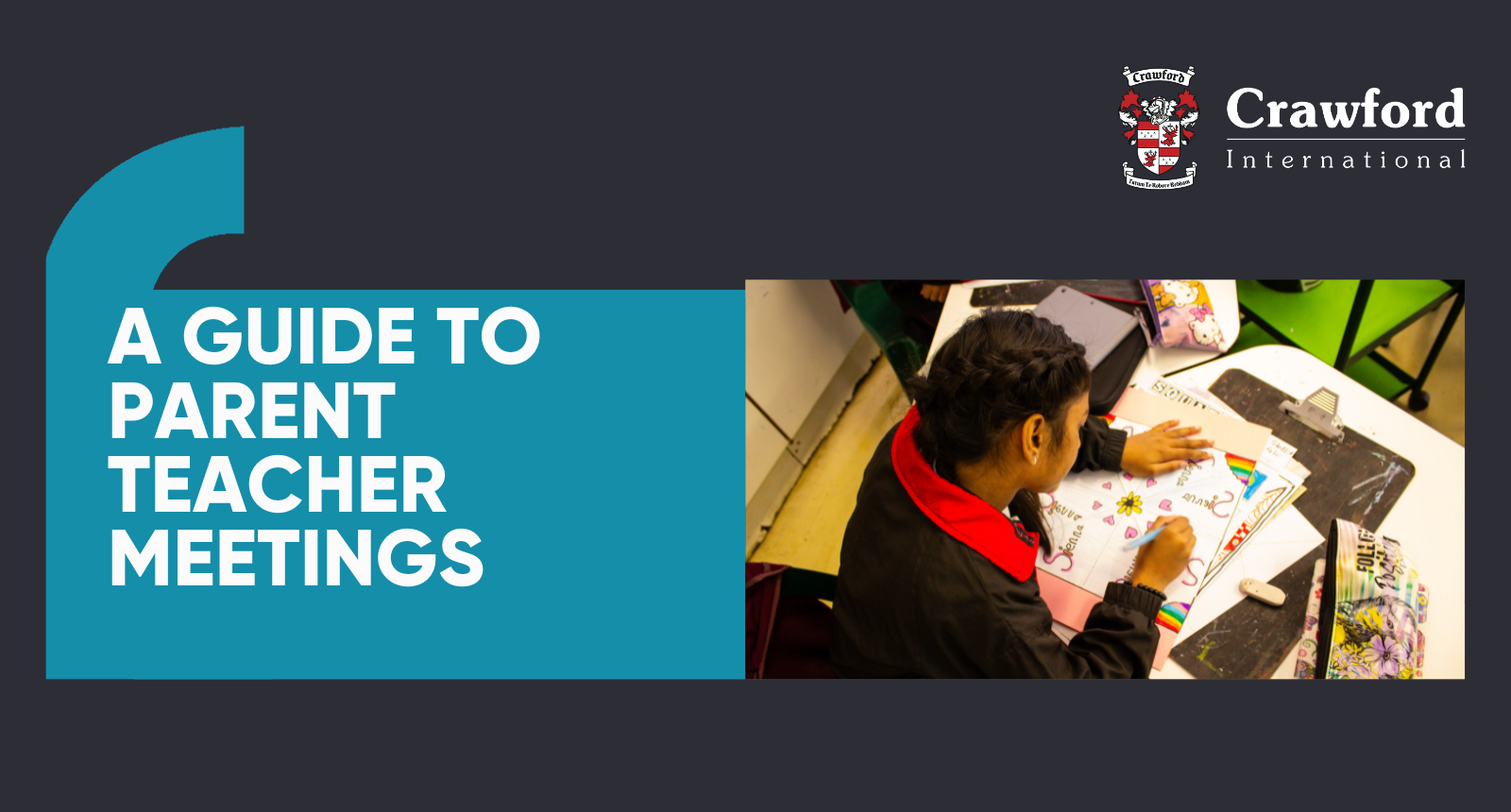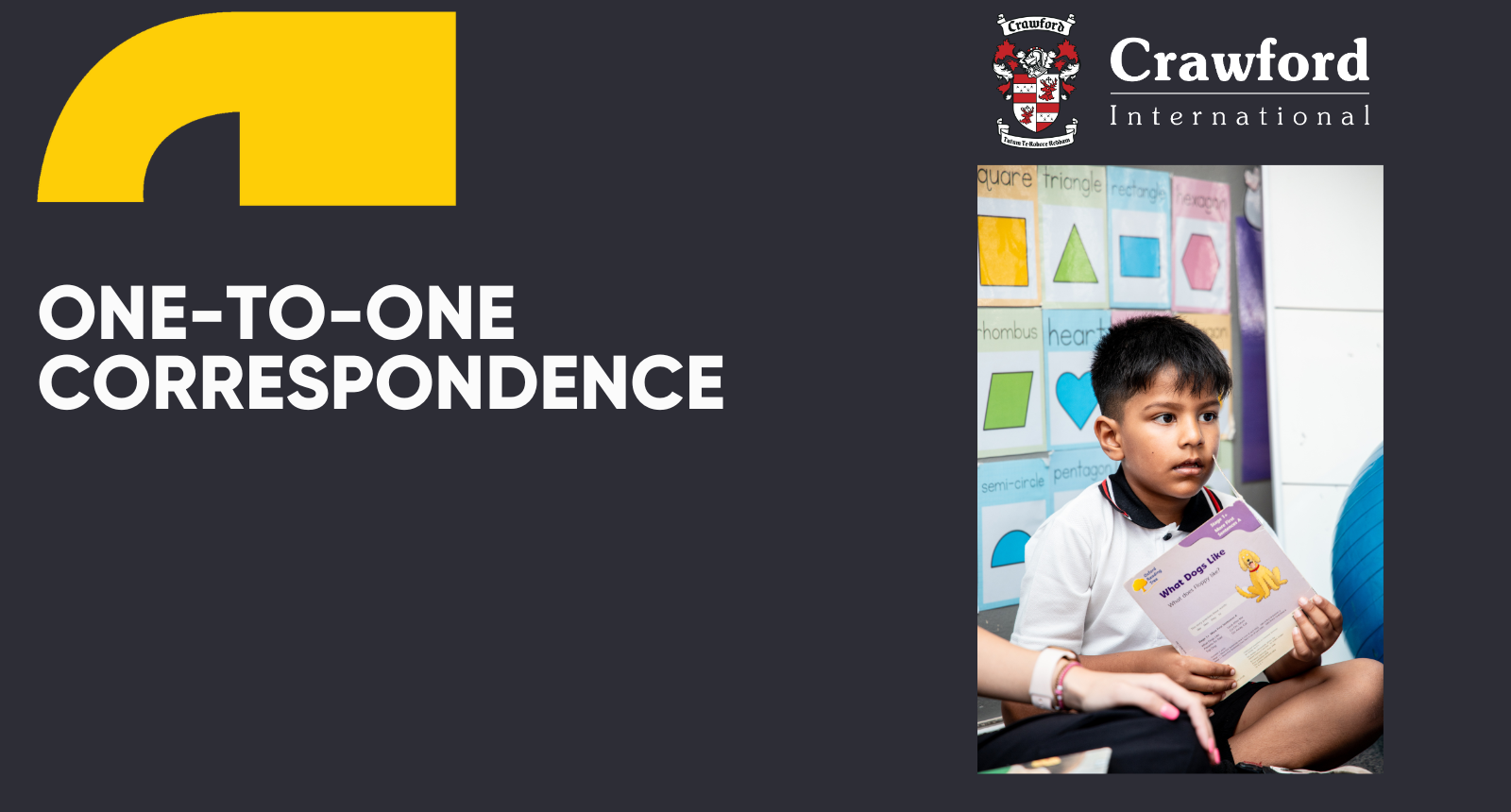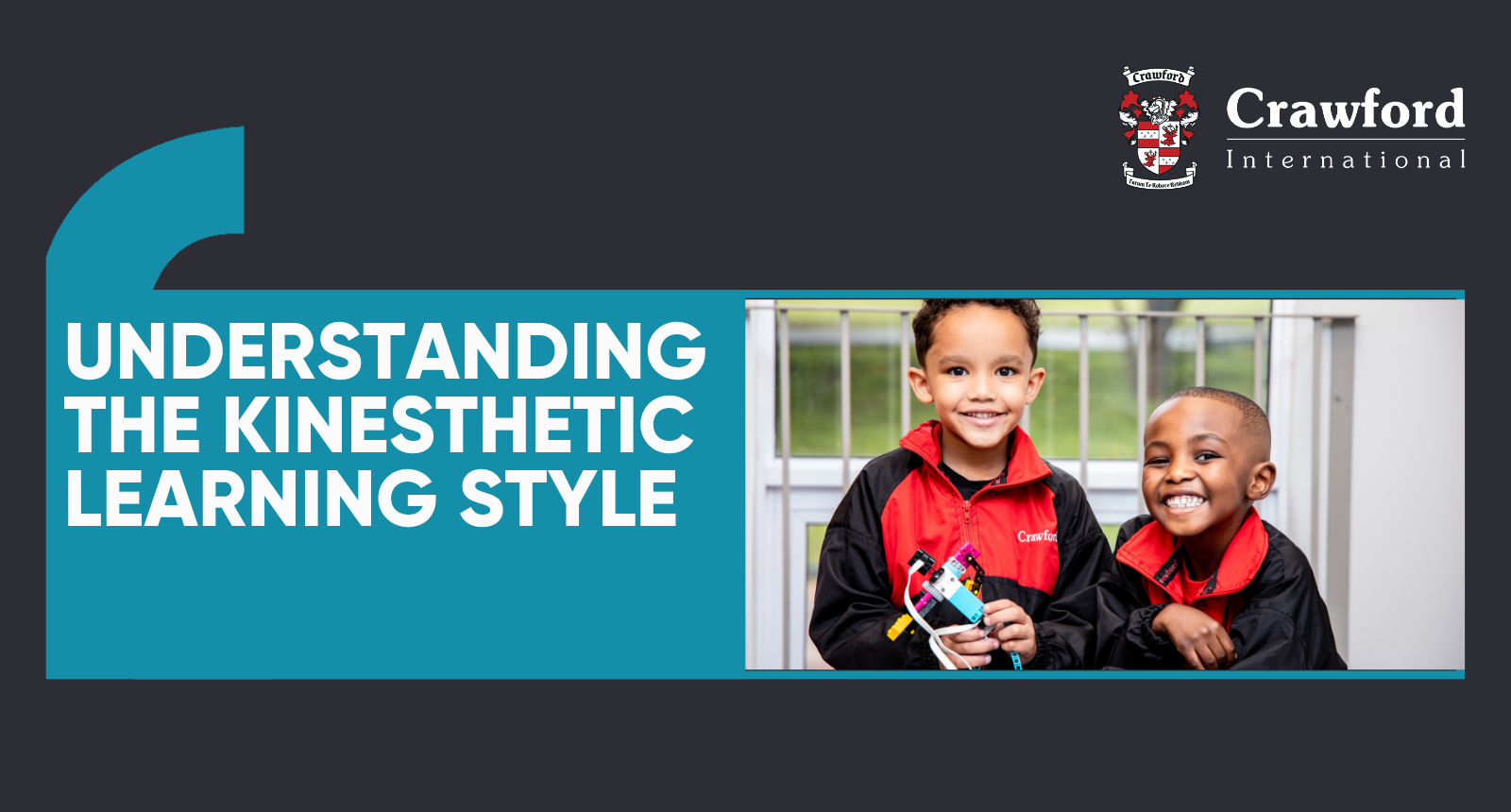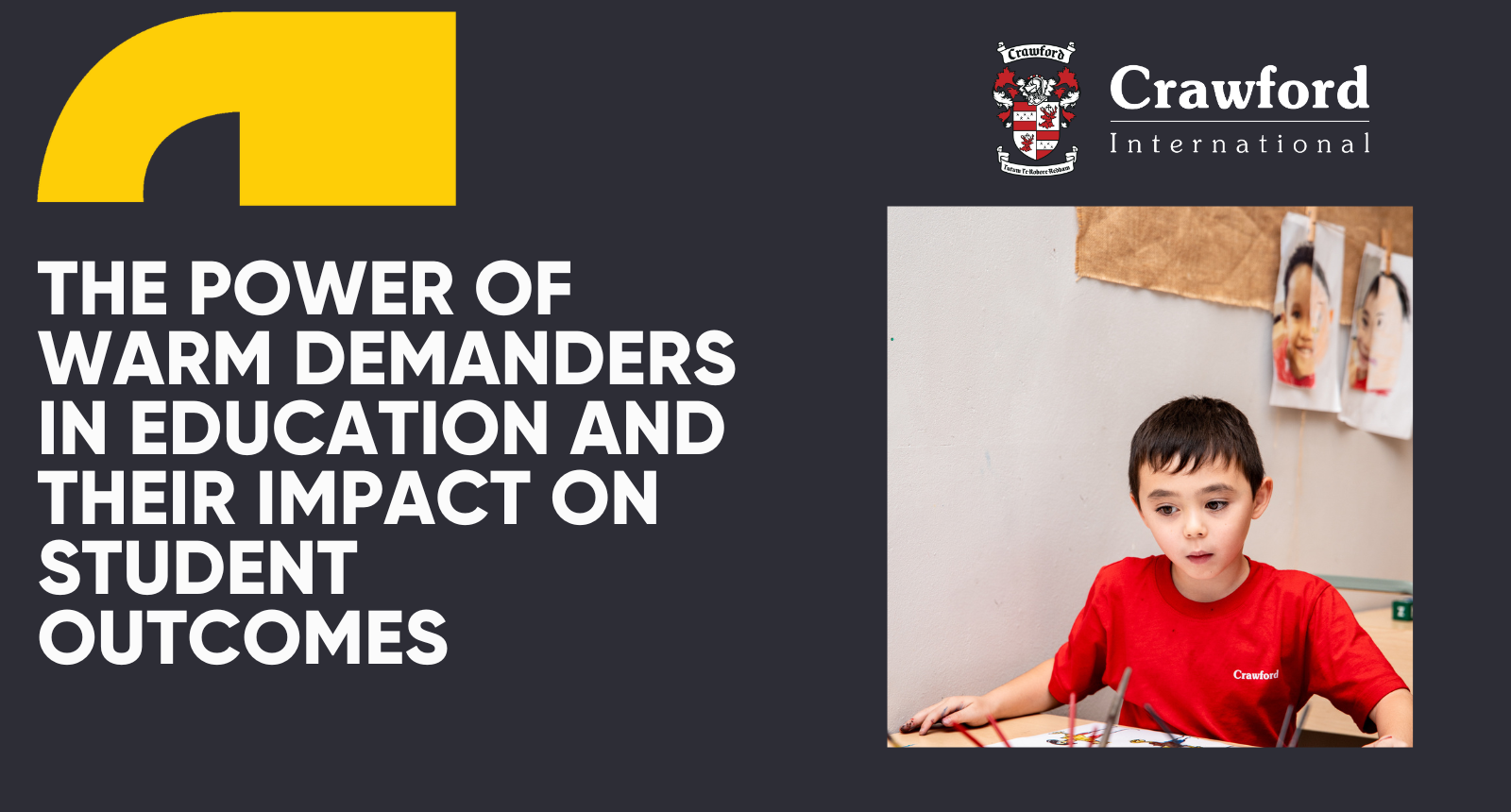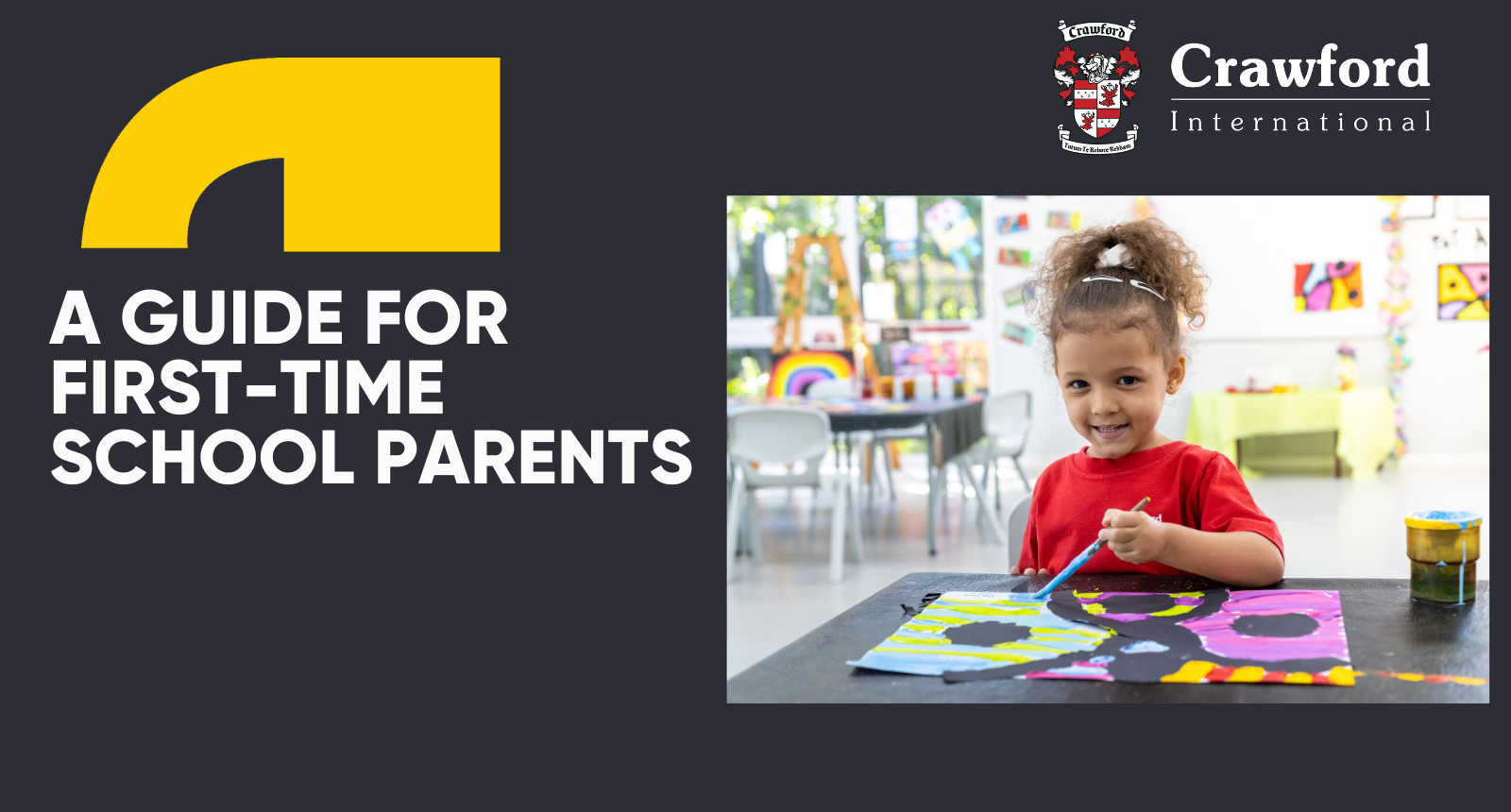Sanguine Children: Managing the Social and Expressive Personality
April 25, 2024
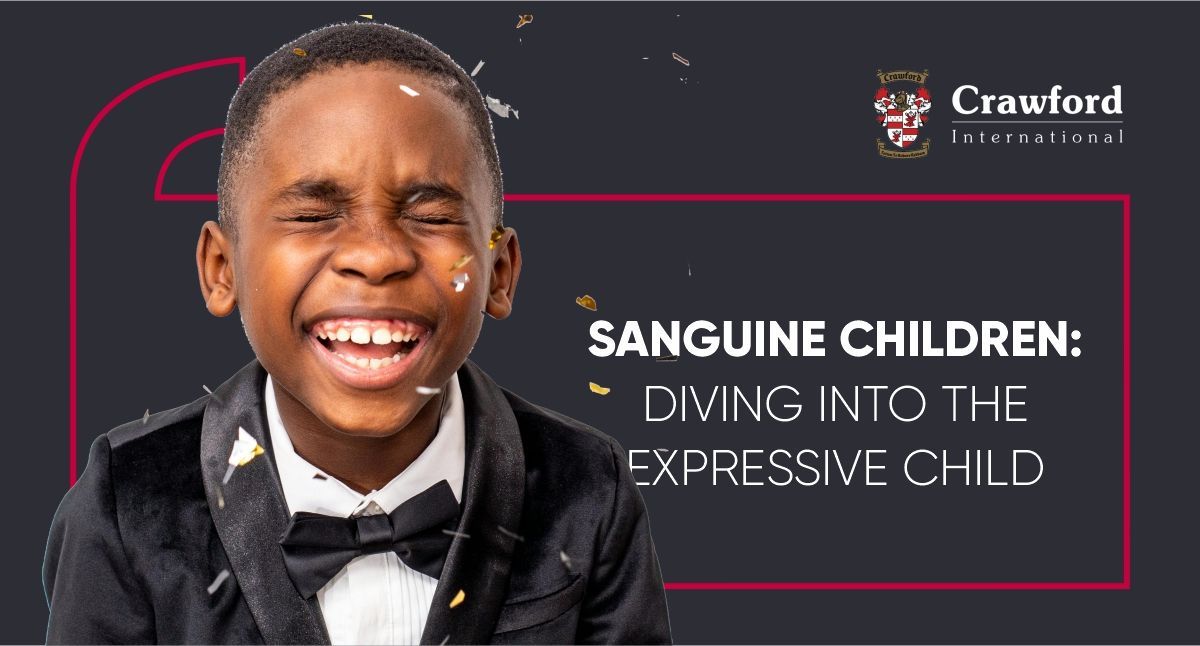
In a recent Crawford International blog, we delved into the topic of temperament in children. We described ‘temperament’ as a person’s inner nature, which affects their overall behaviour. We also explained that temperament makes up only part of a person’s larger personality and we identified the four different types of temperament, including: phlegmatic, melancholic, choleric and sanguine.
In that blog, we focussed on the characteristics of the high performing Choleric Child. Click here to read our blog called, Choleric Children: Diving into the dominant personality.
This blog is the second instalment in the temperament series and focuses on the Sanguine child aka Little Miss or Mr Social.
Outline of the sanguine temperament
The sanguine child is the most social of all the temperaments. They are not only a ray of sunshine in any room, but they are also the main source of fun in any social situation. Sanguine children are often the social glue that binds different personalities. They are usually popular and have many friends, spanning different social groups.
Sanguine children are also extremely observant. They notice small details of other people. “Are those new earrings Auntie Claire?,” or “It looks like you are limping, did you hurt yourself?” are typical statements to come out of a sanguine child. They have a way of making everyone they come across feel seen and important, and it’s because of this that they are so well-liked.
Core traits of a sanguine child
- Confident
- Optimistic
- Talkative
- Extroverted
- Influential
- Inspirational
- Creative
- Fun
- Poor concentration
- Impulsive
- Disorganised
Tips on how to support a sanguine child
Because the sanguine child is so much fun to be around, they tend to get away with a lot. Their yearning for adventure often means they find it hard to knuckle down and do their work. They often neglect to plan and find it hard to concentrate. When things don’t go their way, they will charm you with their personalities and “help” you forget their flaws. They are known as the “charming child”.
Here are some tips on how to support a sanguine child:
- Parents and teachers need to offer the sanguine child structure and routine – which they initially battle to put together themselves. The more simple the routine, the easier a sanguine child will stick to it. You will however need to monitor their progress and encourage consistency. This will help them organise their work and their lessons better, which will ultimately aid in better results.
- Going hand in hand with the structure and routine support, comes outlining clear expectations for your sanguine child. Setting rules and boundaries for them, and being consistent with your discipline, will help them to be more disciplined in their own work. They will then develop self-control and will therefore attain their goals.
- Parents and teachers need to allow the sanguine child to be creative. Give them opportunities to lead in areas of visual arts and music. Allow them to create lesson plans for the class, or to lead a section or topic, encouraging them to make it fun for the class. This is what they are good at, and they will be learning as they go.
- Compartmentalise larger tasks! Sanguine children get distracted easily and lose concentration quickly. If you break large projects into smaller tasks then it will make it easier for the sanguine child to tackle the work.
- Sanguine children like fun. So, make it fun! At Crawford International we pride ourselves on offering other ways of learning. Using games, visual aids, songs, re-enactments and even practical tasks to share knowledge.
- Sanguine children love praise – especially in front of their peers. Giving positive reinforcement will build you child’s confidence, and this will flow to their peers. Sanguine children always use their positivity to build others up around them.
In conclusion, sanguine children are a joy to teach and to parent. Remember to have a little patience, understanding and creativity, and your sanguine child will thrive and they will absolutely reach their full potential.

